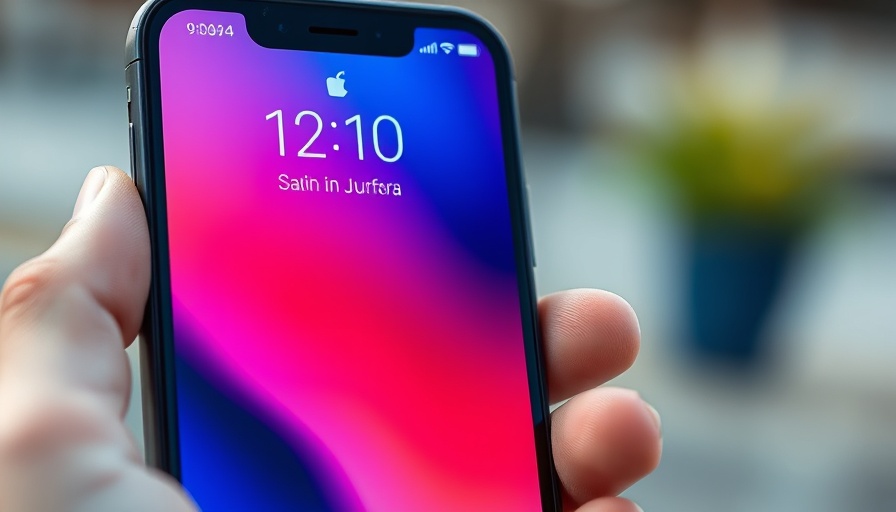
Apple’s Siri Stumbles in the AI Race
At the recently concluded Worldwide Developers Conference (WWDC 25), Apple showcased major updates across its platforms, including a visually stunning new design called "Liquid Glass." However, one notable absence was the much-anticipated AI-powered Siri, which the tech giant had promised to enhance at last year's conference. During his keynote, Craig Federighi, Apple’s Senior Vice President of Software Engineering, only glanced at this underwhelming update, suggesting that the Siri reimagining still requires considerable development time. He summarized, "As we’ve shared, we’re continuing our work to deliver the features that make Siri even more personal. This work needed more time to reach our high-quality bar, and we look forward to sharing more about it in the coming year.
The AI Landscape: A Competitive Pressure Cooker
The “coming year” timeline moves discussions around AI-powered voice assistants into a precarious space, particularly as competitors like OpenAI and Google are racing ahead. The demand for swift innovation in the tech sphere cannot be overstated; the AI landscape is rapidly evolving. Apple's last-minute delays seem to be causing ripples of concern among stakeholders, spurring fears that its AI technology may lag behind competitors.
The High Expectations for Siri's Next Generation
When Apple teased a personal upgrade for Siri during WWDC 24, expectations skyrocketed. The promise was for an assistant capable of understanding a user’s personal context—ranging from relationships to daily routines. Enhancements were supposed to serve users better by enabling Siri to take meaningful actions across applications. Instead, as noted in recent reports, Siri’s functionality issues remain significant, with the AI assistant operational only two-thirds of the time. Such inconsistencies have compelled Apple to push back the expected launch and reassess its project leadership.
Leadership Shakeups: Signs of Internal Struggles?
In an effort to course-correct, Apple reassigned top AI strategist John Giannandrea from the Siri project, replacing him with Mike Rockwell, who played a crucial role in developing Apple’s Vision Pro. This leadership shakeup raises questions about the company’s internal dynamics and priorities in AI advancements. While many might speculate on corporate struggles, it’s essential to recognize that even the biggest names in tech can face hiccups during transformative projects.
Temporary Solutions: The OpenAI Collaboration
In the interim, Apple hasn’t sat idle. The company has partnered with OpenAI to bridge the gap in Siri’s capabilities. Users can now redirect requests Siri cannot handle to ChatGPT, enhancing the assistant’s functional repertoire while delaying its prime upgrade. This move demonstrates a forward-thinking approach to addressing immediate user needs while the internal development of Siri continues.
Concluding Thoughts: What’s Next for Siri?
As Apple navigates through these challenges, the question remains: can iOS 26 showcase a sufficiently upgraded Siri that meets the elevated expectations set by the tech community and consumers? Moving forward, it will be crucial for the company to not only keep pace with its competitors but also ensure that its technology truly enhances user interactions. With potential launch setbacks extending into 2026, all eyes will be on Apple to justify this delay with a groundbreaking and reliable product.
As the tech world watches, one thing is clear: consumers and investors alike will be looking for tangible results from Apple’s AI endeavors sooner rather than later. Stay tuned to our updates as we unravel the future of Siri and its implications on personal technology.
 Add Row
Add Row  Add
Add 



Write A Comment